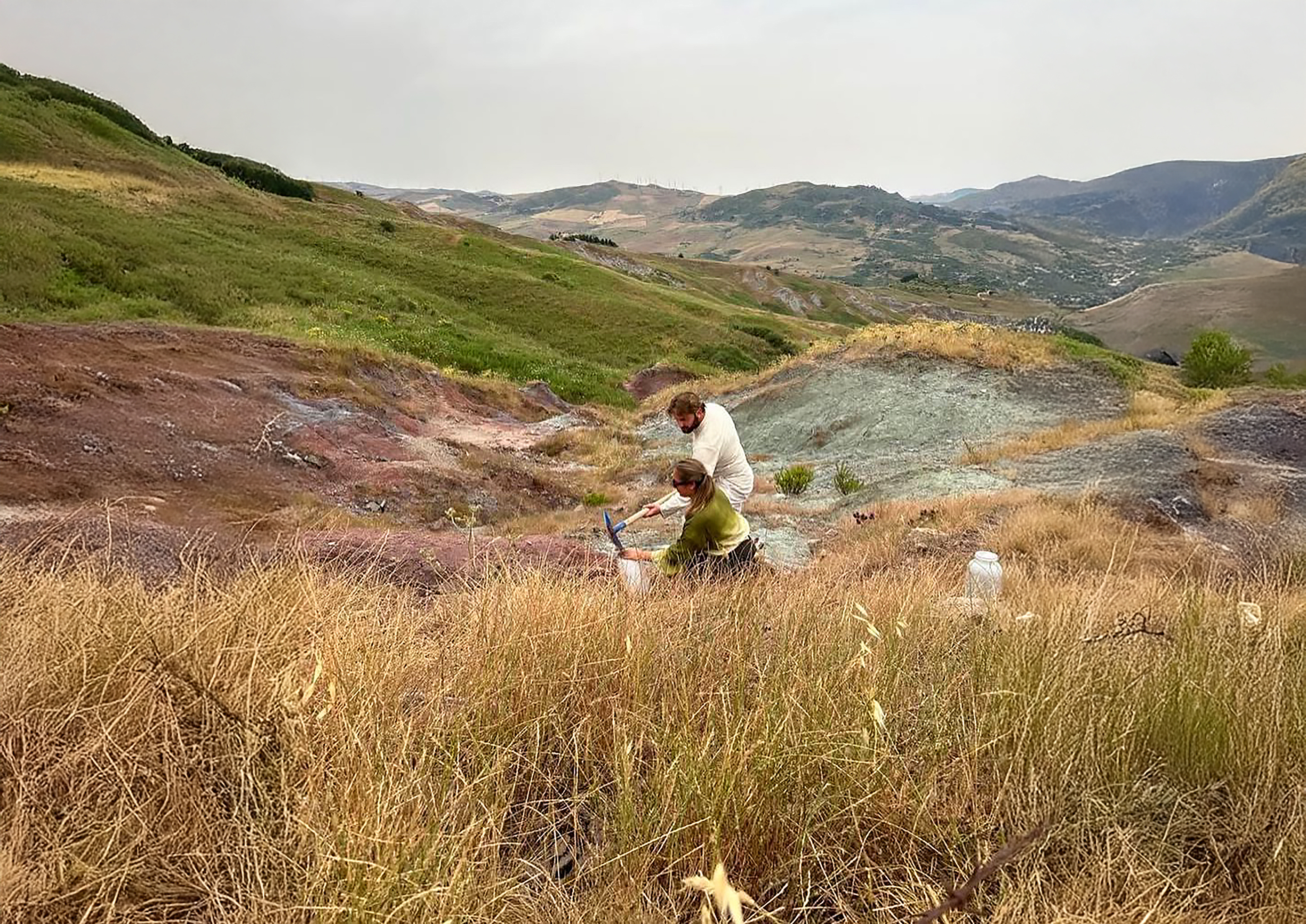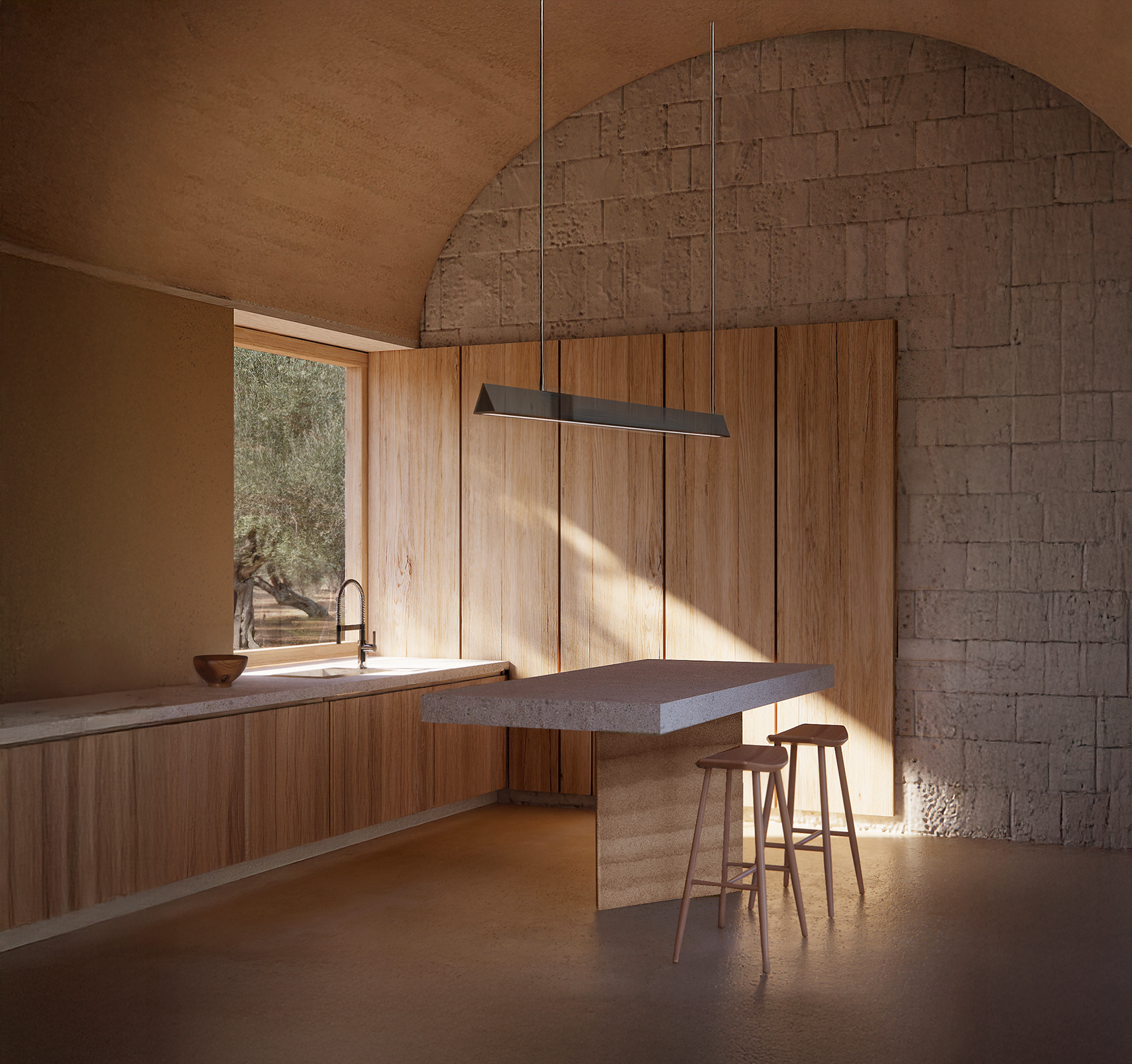benefits of natural and local materials
support for local economies and craftsmanship:
By sourcing materials locally and engaging regional artisans, we shorten supply chains, support small-scale economies, and preserve traditional know-how, creating lasting value for communities.
revalorization of resources:
We give new life to what is often discarded: agricultural waste that becomes insulation, excavated earth that transforms into high-quality building material, and demolition elements that can be reused in new constructions.
lower energy use and costs:
By allowing buildings to breathe, natural materials regulate humidity and indoor climate, reducing reliance on mechanical systems. We study vernacular architecture to learn from past generations’ climate intelligence, then adapt these solutions for today’s needs.
wellbeing for people:
Natural materials ensure excellent thermal comfort in every season. They have a high thermal storage capacity, slowing heat gains in summer and heat losses in winter.


